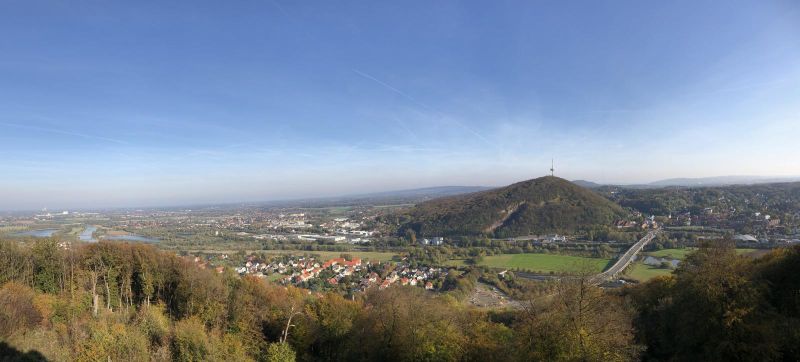Tales from the hills. The fate of Polish forced labourers at Porta Westfalica 1944/45
Mediathek Sorted






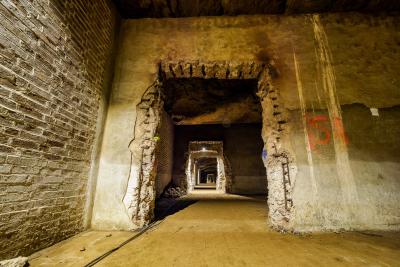
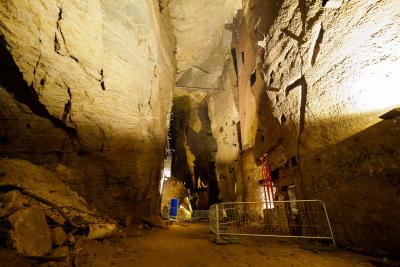

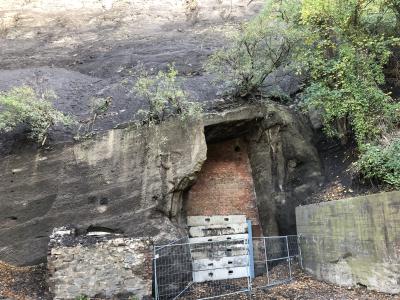

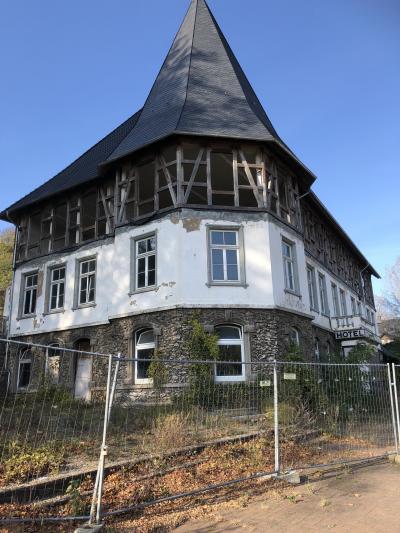

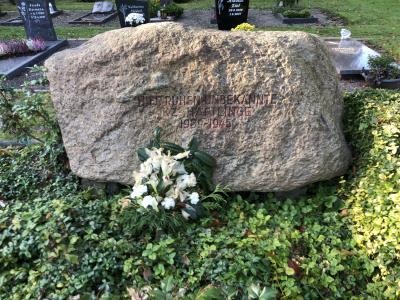

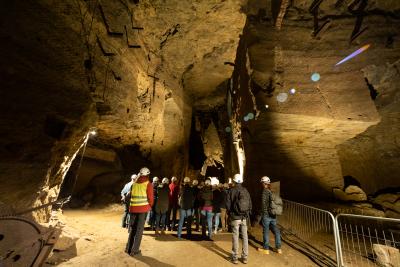

Kazimierz Kardaszewicz
Kazimierz Kardaszewicz was born in Warsaw. Before his own personal wartime story began, he worked as a graphic designer. In 1943, aged 30, he was arrested by the Gestapo for collaborating with a Polish resistance organisation. In August of that year, he was deported to Auschwitz concentration camp. There, he was given prisoner number 139010, which was tattooed on his left arm. It would remain a lifelong reminder of his imprisonment. Like Kielar and Stróżyk, Kardaszewicz’s journey took him first to Sachsenhausen concentration camp and from there to the satellite camp in Barkhausen, Porta Westfalica, where he was made to work underground. At the end of 1971, he wrote a letter to Hermann Frohwitter, the mayor of Hausberge at the time, with an unusual request: Kardaszewicz, now aged 62, wanted to return to the place where he was interned in a satellite concentration camp and deployed as a forced labourer.[60]
In his letter, he wrote: “I still remember the beautiful Porta Westfalica, and would like to see it through the eyes of a tourist”[61]. The local community council immediately invited Kardaszewicz to Hausberge, and after overcoming various administrative obstacles, he finally received permission to travel from the Polish Interior Ministry. In the spring of 1972, he arrived at Porta Westfalica for the second time in his life – this time voluntarily as a tourist. The high point of the trip was a meeting with Marianne Daldrup, the woman who as a young girl secretly slipped him food during his incarceration.[62] For Kardaszewicz, this marked the closure of the chapter of his life spent in Porta Westfalica, nearly 30 years after he was imprisoned there.





















































































